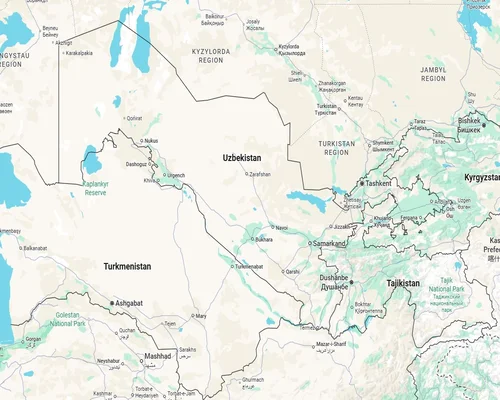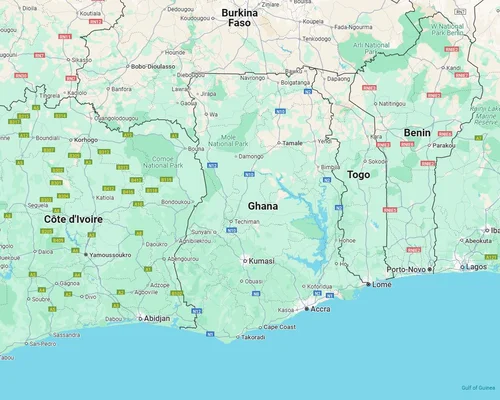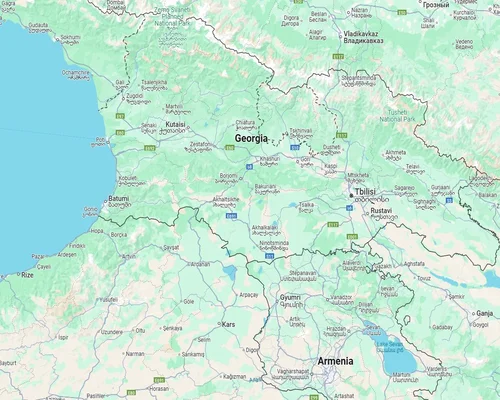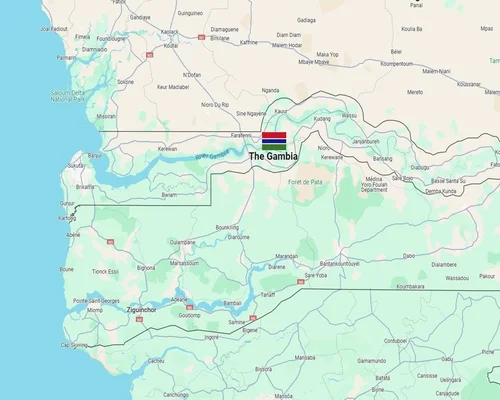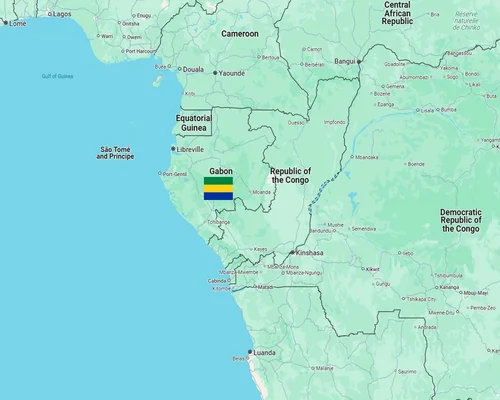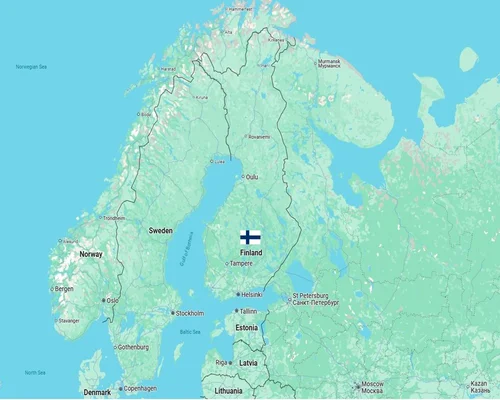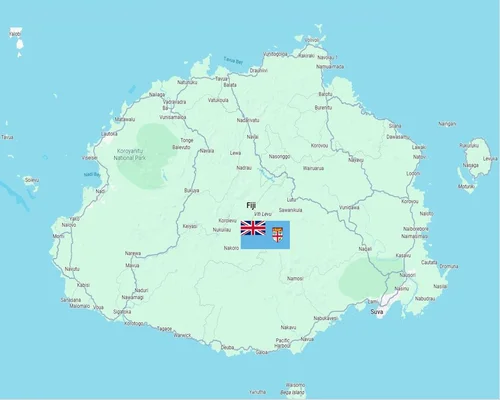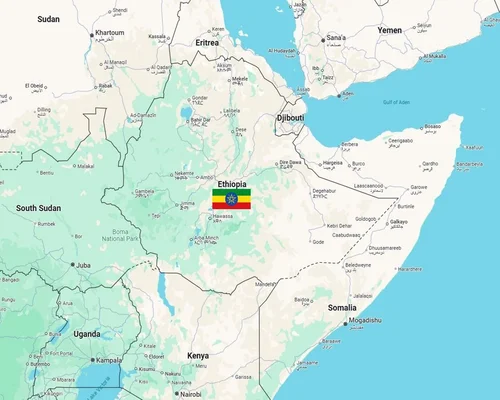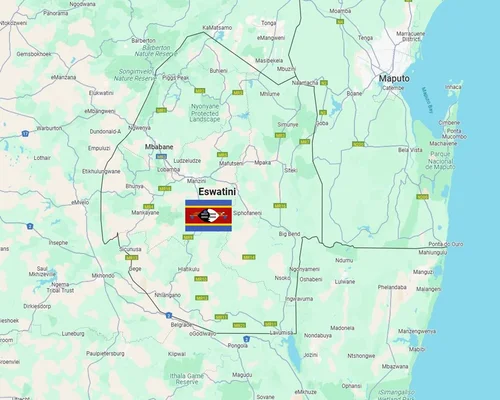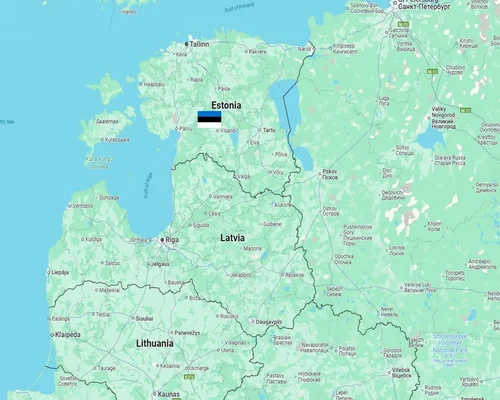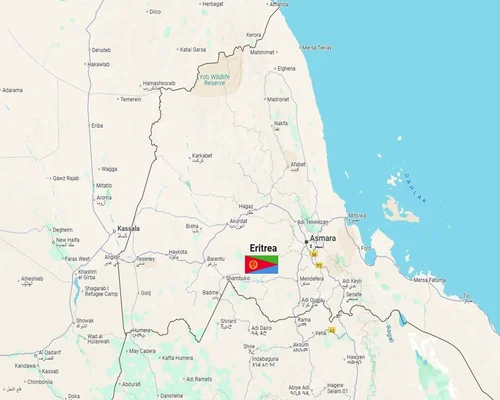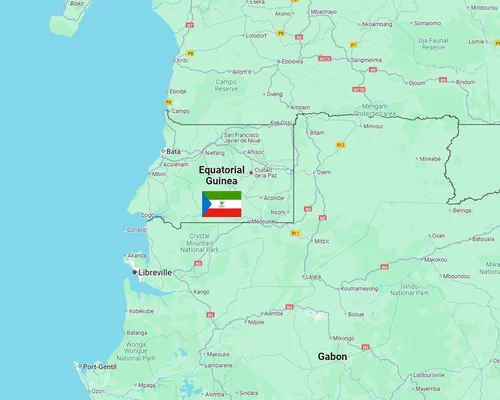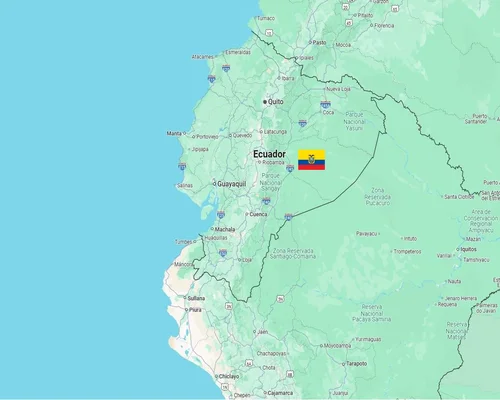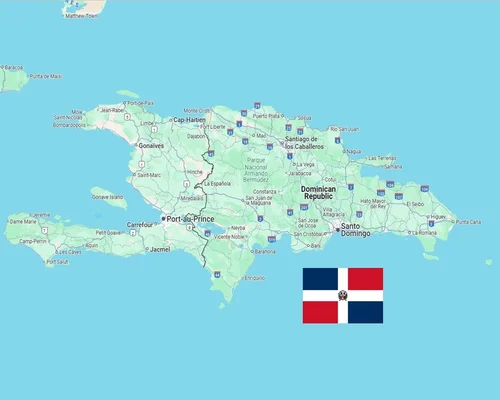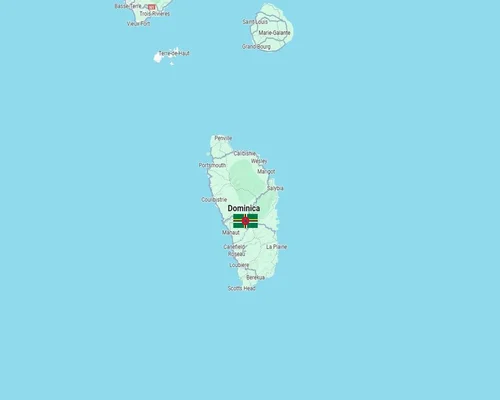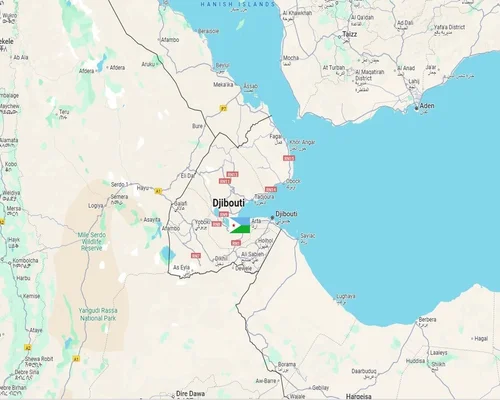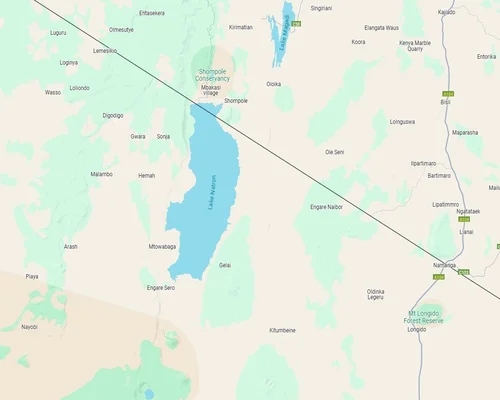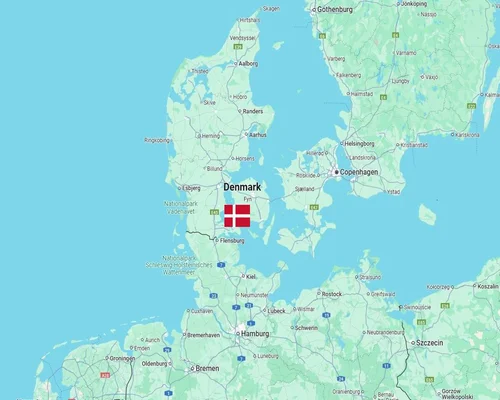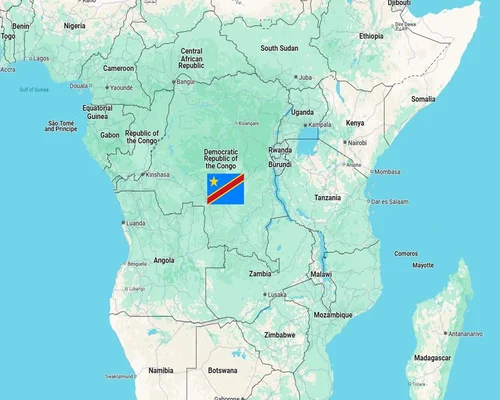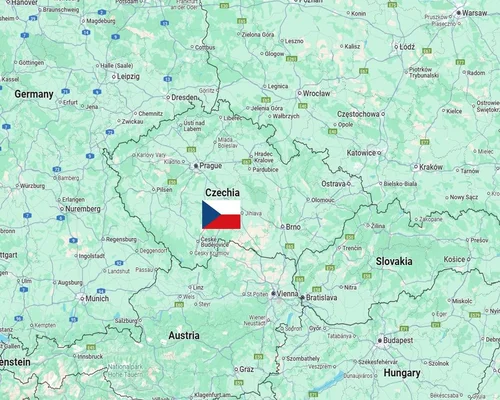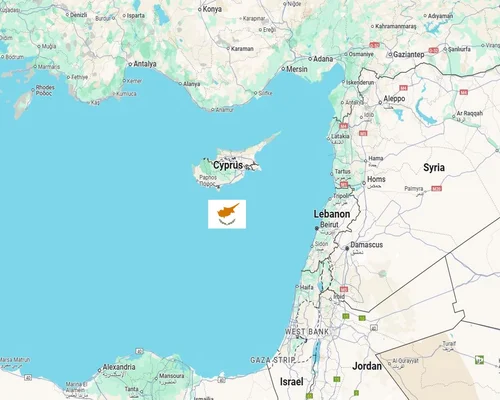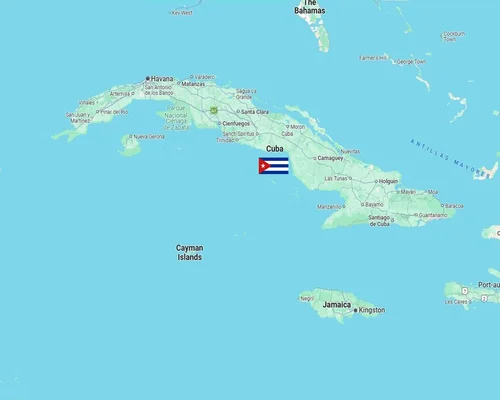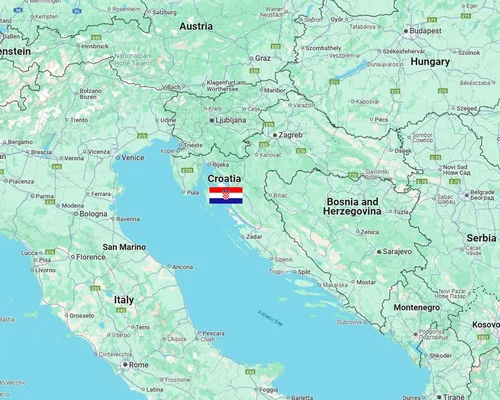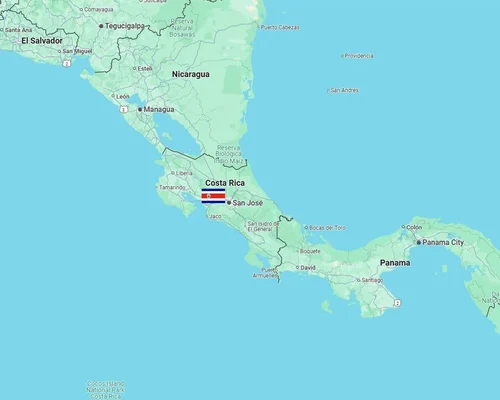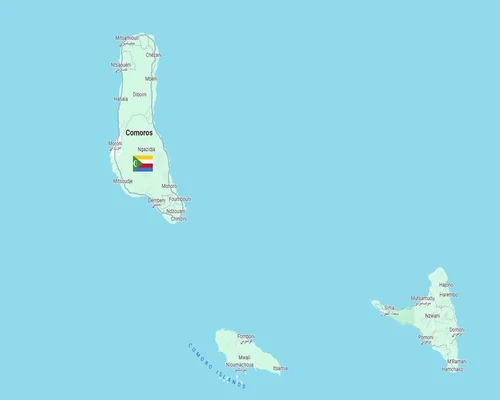
Facts About Deserts
Information about deserts
Deserts: An Introduction
A desert is a specific environment on Earth where there is very little rainfall and a dry climate prevails. These areas are often sandy, rocky, or gravelly and have limited biodiversity but are home to specially adapted animals and plants.
Characteristics of deserts:
Deficiency of Rainfall:
Annual rainfall is less than 250 mm (10 in).
Some deserts receive no rainfall for years at a time.
High temperature difference:
Temperatures are very high during the day and very cold at night.
Day temperatures in tropical deserts can reach 50°C or more.
Soil condition:
Soils are generally sandy, silty and lacking in organic matter. It cannot hold water.
Biodiversity:
Plants: prickly cactus, small shrubs, and other drought tolerant plants.
Animals: Camels, jackals, bees, various types of reptiles and insects.
Types of deserts:
Hot desert:
Eg: Sahara (Africa), Arabian Desert (Middle East).
The temperature is extremely high and there is very little vegetation.
Cold desert:
Eg: Gobi desert (Mongolia), Antarctic desert.
It has a cold climate and a snowy environment.
Coastal Desert:
Eg: Namib Desert (Africa).
Located near the sea, where dry air blows.
Rain Shadow Desert:
Eg: Great Basin Desert (USA).
Rain does not reach this area because of the mountains.
Major deserts of the world:
Sahara Desert:
Adaptation to desert:World largest hot desert.
Located in North Africa.
Gobi Desert:
Asia largest cold desert.
Spread between Mongolia and China.
Arabian Desert:
A large desert in the Middle East.
It includes the Rub al Khali, or "Empty Quarter", the largest sandy desert in the world.
Antarctic and Arctic Deserts:
The world largest cold desert.
Snow covered and extremely dry.
Effects of Desertification:Adaptations of plants:
Leaves of plants like cactus are transformed into thorns to store water.
The roots are long and deep.
Animal Adaptations:
Animals like camels can survive without water for long periods of time.
Some animals are active at night (nocturnal) and hide during the day.
Positive aspects:
Source of valuable minerals (eg, oil, gas).
Tourist centers (eg, sand dunes of the Sahara or desert oases).
Negative aspects:
Farming is hard and livelihood is challenging.
Desertification: Environmental degradation where fertile land is converted to desert.
Some interesting facts about deserts:
Atacama Desert (Chile): The driest place on Earth, with some areas never seeing rain.
Changes in the Sahara: Studies show that the Sahara was fertile and green 10,000 years ago.

